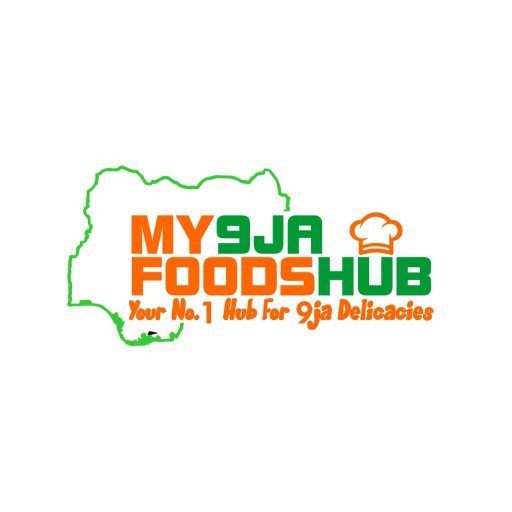Amala, a traditional Nigerian staple food made from yam flour, is a delicious and nutritious dish that can be challenging for beginners to prepare perfectly. This comprehensive guide will walk you through the process of making smooth, lump-free Amala while highlighting its numerous health benefits.
What is Amala?
Amala is a thick, gel-like paste made from yam or cassava flour. It is a good source of fiber, vitamins, and minerals, and is rich in antioxidants. Amala is known for its ability to promote digestive health and can help to lower cholesterol levels. It is also a great option for those with gluten intolerance or sensitivity.
Ingredients and Equipment
- Yam flour (high-quality, pure yam flour)
- Water
- Wooden spoon
- Large cooking pot
Preparation Techniques to Avoid Lumps
1. Ingredient Preparation
- Use fresh, high-quality yam flour
- Sift flour to remove any potential clumps
- Ensure water is at the right temperature
2. Water Temperature Technique
- Boil water to a rolling boil
- Use approximately 2 parts water to 1 part yam flour
- Maintain consistent water temperature
3. Mixing Technique
- Start with a small amount of flour
- Gradually add flour to boiling water
- Stir continuously and vigorously
- Use circular motion with wooden spoon
- Apply consistent pressure
4. Lump Prevention Strategies
- Add flour in small increments
- Stir immediately after each addition
- Break potential lumps with wooden spoon
- Maintain constant stirring motion
- Use swift, decisive movements
5. Cooking Process
- Reduce heat to medium-low
- Continue stirring
- Cook for 2-3 minutes
- Knead with wooden spoon
- Achieve smooth, elastic consistency
Common Mistakes to Avoid
- Adding all flour at once
- Using cold water
- Inconsistent stirring
- Using inappropriate utensils
- Losing focus during preparation
Nutritional Benefits
Yam Flour Nutritional Profile
- High in complex carbohydrates
- Good source of dietary fiber
- Contains essential minerals
- Low in fat
- Provides sustained energy
Specific Health Advantages
- Supports digestive health
- Helps regulate blood sugar
- Promotes feeling of fullness
- Aids in weight management
- Provides essential nutrients
Serving Suggestions
- Egusi soup
- Okra soup
- Vegetable soup
- Meat stews
- Vegetarian alternatives
Storage and Preservation
- Cool completely before storing
- Store in airtight container
- Refrigerate for 1-2 days
- Reheat with small amount of water
- Avoid repeated reheating
Cultural Significance
Important in Nigerian cuisine
Represents culinary tradition
Symbol of cultural heritage
Demonstrates cooking skill
Connects generations
Tips for Perfection
- Practice consistently
- Use right equipment
- Maintain focus
- Be patient
- Learn from mistakes
Variations
- Different flour quality
- Regional preparation styles
- Modern cooking adaptations
- Gluten-free options
- Nutritional modifications
Troubleshooting
- Lumpy texture: restart process
- Too hard: add water
- Too soft: add more flour
- Adjust heat as needed
READ MORE: Seafood Fried Rice: A Comprehensive Guide to Preparation
